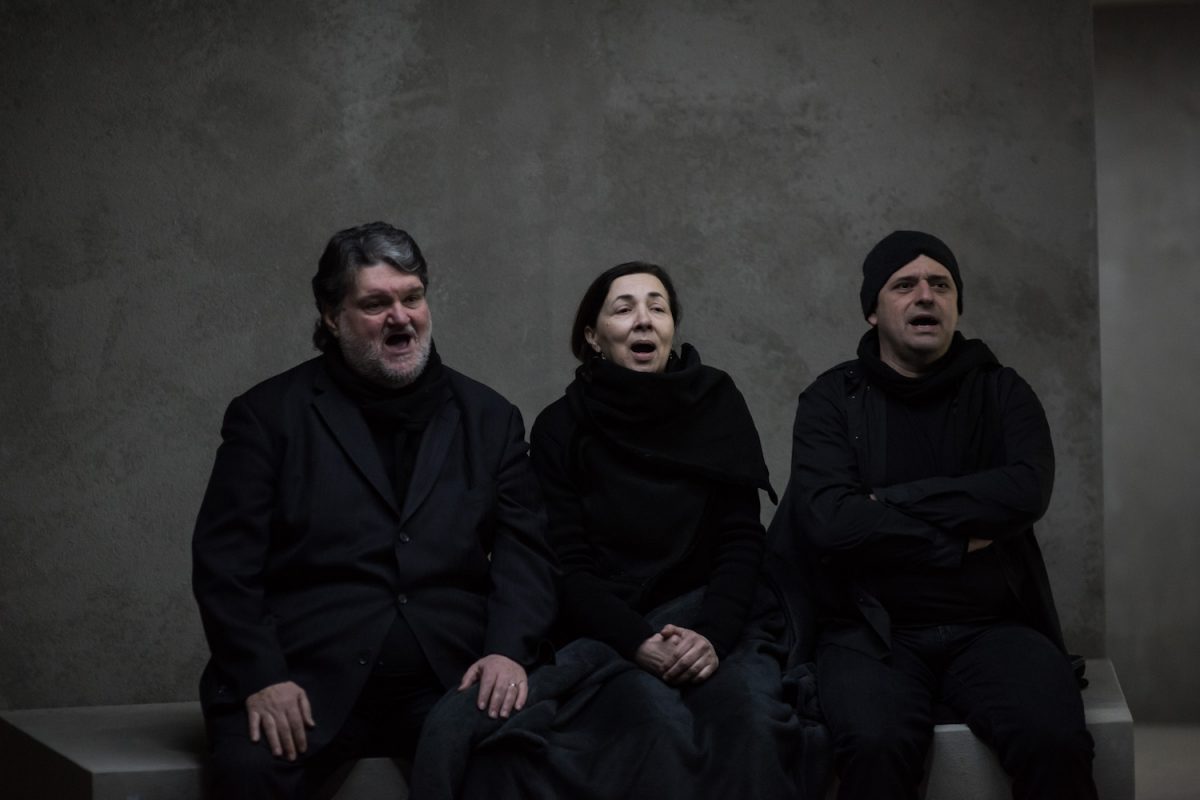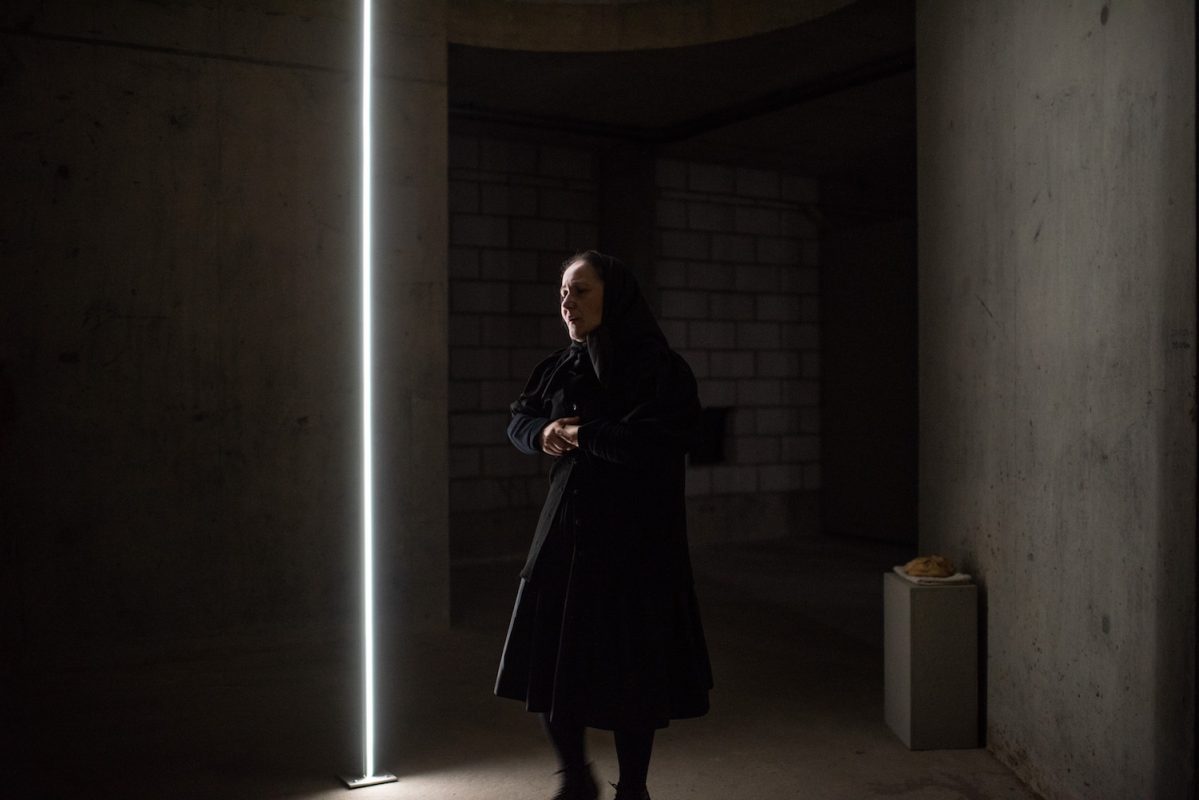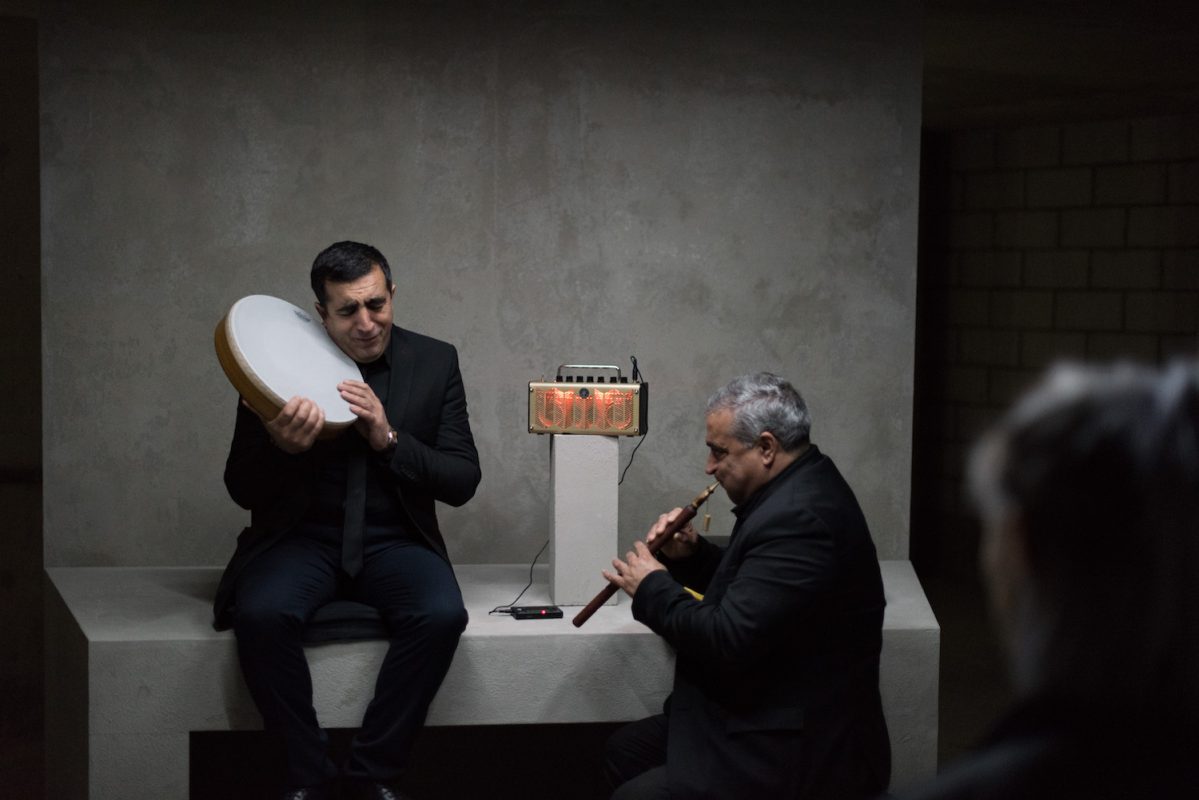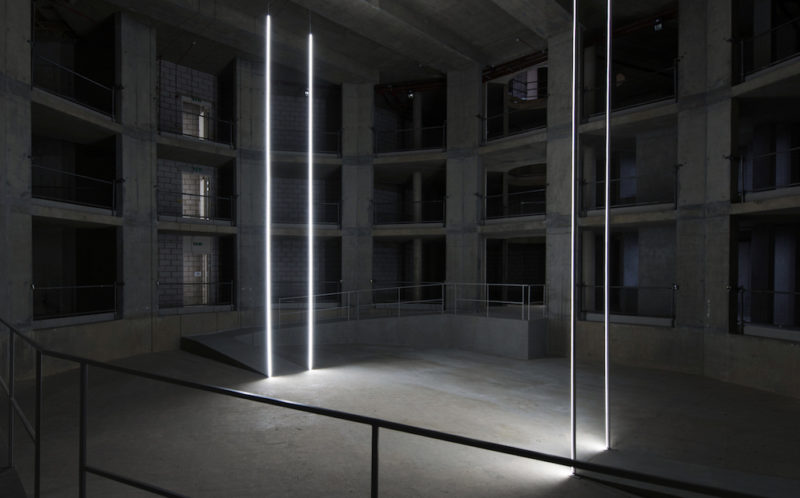Taryn Simon
An Occupation of Loss
Essay by Duncan Wooldridge
It is three weeks since my mother passed away. Much of that time I have spent with my father and sister: naturally enough, we have attempted to look after each other. Perhaps harder even than my mother’s passing is seeing my father be strong and at the same time upset, seeing him come to know his life will be lived in a new way. The complexity and multiple directions of loss took me by surprise. Mourning comes not only with raw emotion, but with also questions of how to now go on, a horizon which marks the that has been, and that which is to come. A difficult balance is struck between trying to think to the future whilst ordering memories of the past. You do not only look back.
For the moment, I cannot write about loss only at a distance. But it seems also that it is always both near and far, particular and universal, emotive and analytical. It is not as simple as the specifics of my loss or yours, or the abstract commonalities we share. Neither is mourning simply a manifestation of loss: the rhythms of its puncturing wounds and subsequent healing, whether fast or slow, follow in successions. Its facts undo artificial dualities.
It is strange to consider, in something which seems so personal, that mourning is also a vocation; that is, a task, a role, an occupation. It is strange because a western assumption is that grief is personal, tied to the one. It should not be a surprise that it is also experienced by the many, as a multitude, even if those magnitudes vary. Nor should it surprise us that our grief is not teased out by ourselves alone. In mourning, it is often contact with others which brings out the strongest emotional responses: gestures of kindness and consideration which frame and amend our own perception about how we are coping. These unearth vulnerabilities that we have come to cover. Contact with priests, pastors, rabbis, imams and counsellors facilitate a coming to terms, accommodating and enframing. Professional mourners occupy a similar role in many cultures. What appears to some eyes as a synthetic or staged form of loss, is, perhaps to the ears a contribution towards – a permission to embrace – its full sensations. Here is also its overcoming: the necessity of mourning recedes only once it is given space to emerge.
Taryn Simon’s An Occupation of Loss began as research into the roles of professional mourners, an extension of her enquiries into bloodlines in A Living Man Declared Dead and Other Chapters I-XVIII (2008-11), and structures of social order, such as Contraband (2010) or The Innocents (2002). Its ultimate form is as both a performance – of the mourning songs, laments, and crying, performed by mourners from a variety of countries and cultures – and as a documentary administrative record, in the form of a book with Hatje Cantz, which aims to reveal something of the global conditions of mourning and the passage of people. Performed first in New York, and more recently in London through an Artangel commission, the performance is visceral and moving, an encounter which brings emotions to the surface that are long suppressed, at the same time demonstrating mourning’s specificities and universalities. By contrast, the book is colder, with a stronger emphasis on witness, testimony, and its passage through bureaucracy. It is a challenge not to cry in response to the apparent mass sadness in the performance, and hard to respond emotionally to the bald and complex administration of the state.
It is clear that Simon intentionally allows for two separate experiences to co-exist. Indeed, upon entering the performance, little information is given over to visitors, so that a clear experience of mourning is uninterrupted. It does not matter who or what is mourned: instead a theatre for mourning is provided, a space away from distraction. It is only upon leaving the visitors are handed small booklets that reveal details, also in the book, which names the performers, the complex immigration process of bringing these mourners together in one place, and the professional testimonies which are needed to support the visa applications.
If such contrasts between performance and book are more than jarring at first glance, they come to demonstrate a key aim of Simon’s project in demonstrating duality while also revealing how they are closely interlinked. Personal and public mourning, emotional experience and cold administrative explanation co-exist, as do staged and natural experience, the tears of professional mourners, and the emotion they release in others. Neither polarity can be exorcised, even if each position calls for the abolition of the other, especially in polemical times. It may appear that Simon’s book details the complex bureaucracy undergone in order to achieve the performance, but this is a reductive reading, which aligns with the privileging of visceral experience. Instead, it takes us deeper into the labour of mourning, as a component that the mourner can hardly pay attention to in their moment of grief.
Though initially resistant and seemingly straightforward as a document, Simon’s use of the visa application papers functions as a framework to provide fundamental details and draw attention to the number and variety of cultures which work with professionalised mourners. Alongside these bare facts, the visa requires cultural explanations of the rites of loss and recovery, which Simon extracts to draw attention to the many forms of mourning. Rather than supplementing the performance with complimentary texts and other forms of assembled contextualisation, Simon finds in the visa papers a sufficient matrix which moves between the details of a ruthlessly simplified bare life, and the complex cultural constructions which underwrite communities and their nuanced responses to the universal experience of death. Such is the dominance of this material that Simon’s photographs of the performers, set against neutral backdrops, appear tertiary, adding little to the work. Arguably the project would be stronger, the contrast more pronounced, without them. ♦
All images courtesy of Artangel. © Hugo Glendinning
An Occupation of Loss performance was co-commissioned by the Park Avenue Armory and Artangel.
—
Duncan Wooldridge is an artist, writer and curator. He is also Course Director of the BA(Hons) Photography at Camberwell College of Arts, University of the Arts London.




